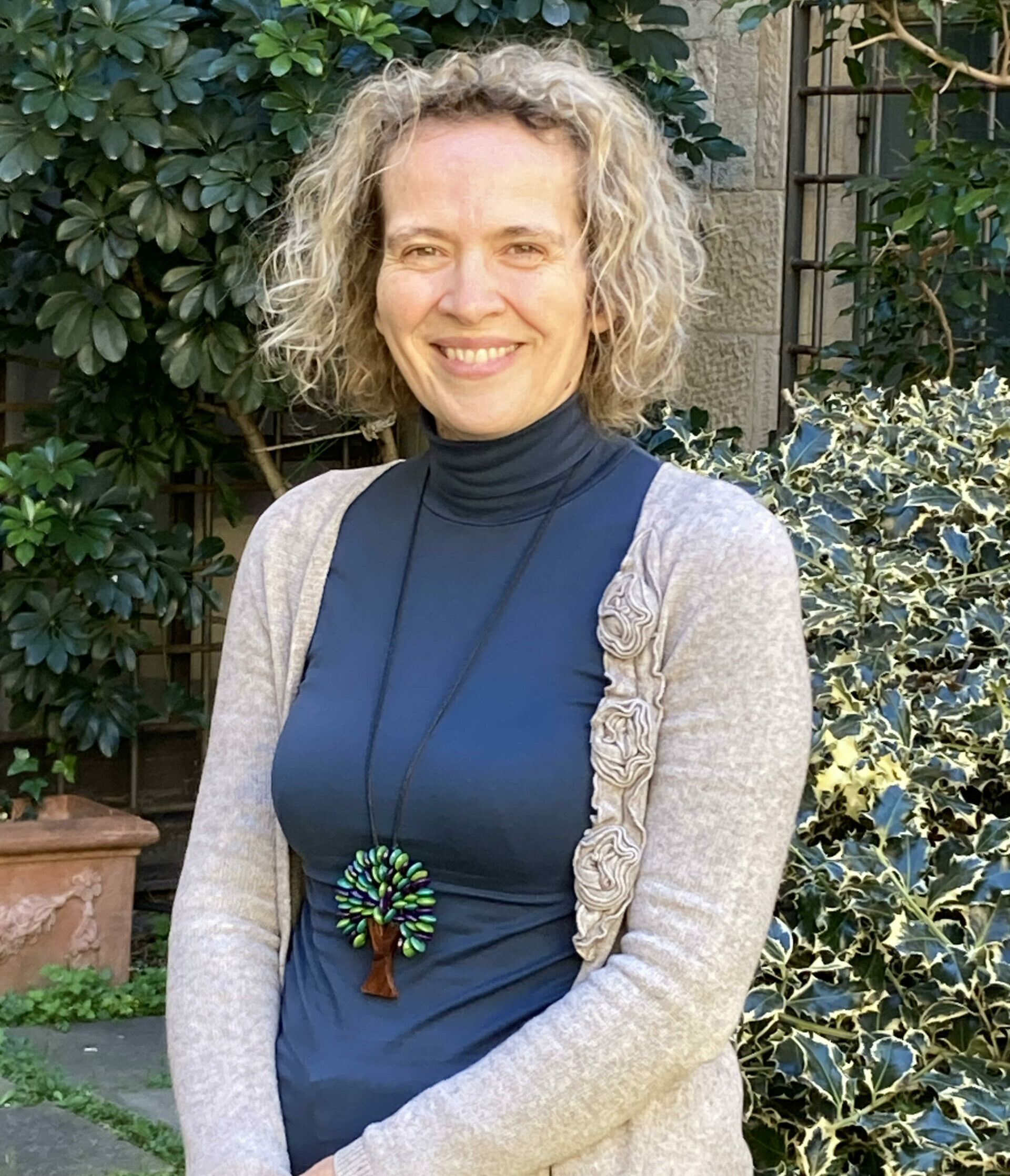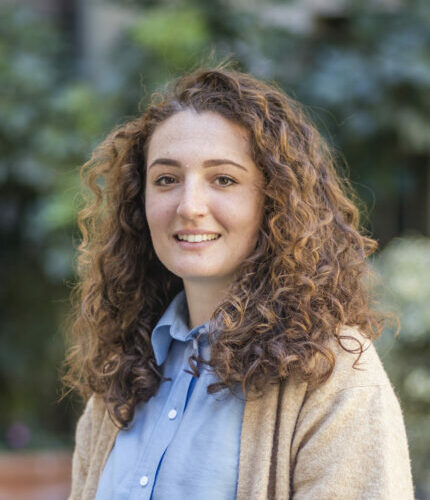The University of Pisa boasts the presence of the largest University agricultural-forestry area in the whole national territory, which is at the “Enrico Avanzi” Centre for Agro-environmental Research (CiRAA), with about 500 hectares of agricultural area and 720 hectares of wooded area, partly within the UNESCO Reserve of the Biosphere “Selva Pisana”. In the urban area, the ornamental green area consists of 13 hectares of urban green areas and approximately 2050 ornamental trees, which are managed internally by the Green Maintenance Group under the supervision of the University Green Management Group, composed of professors and competent technicians.
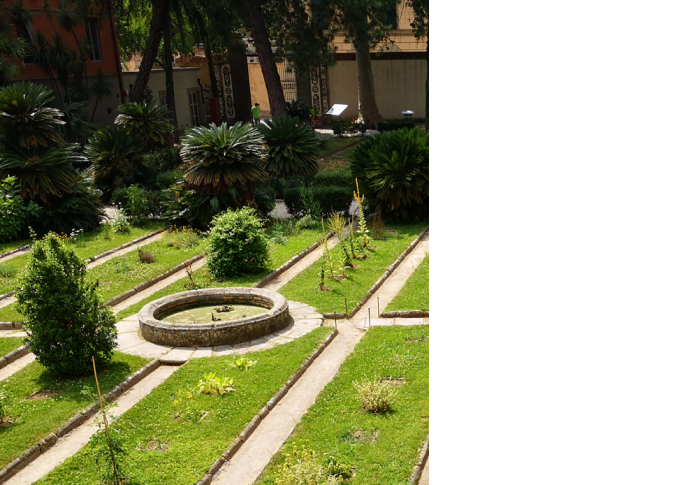
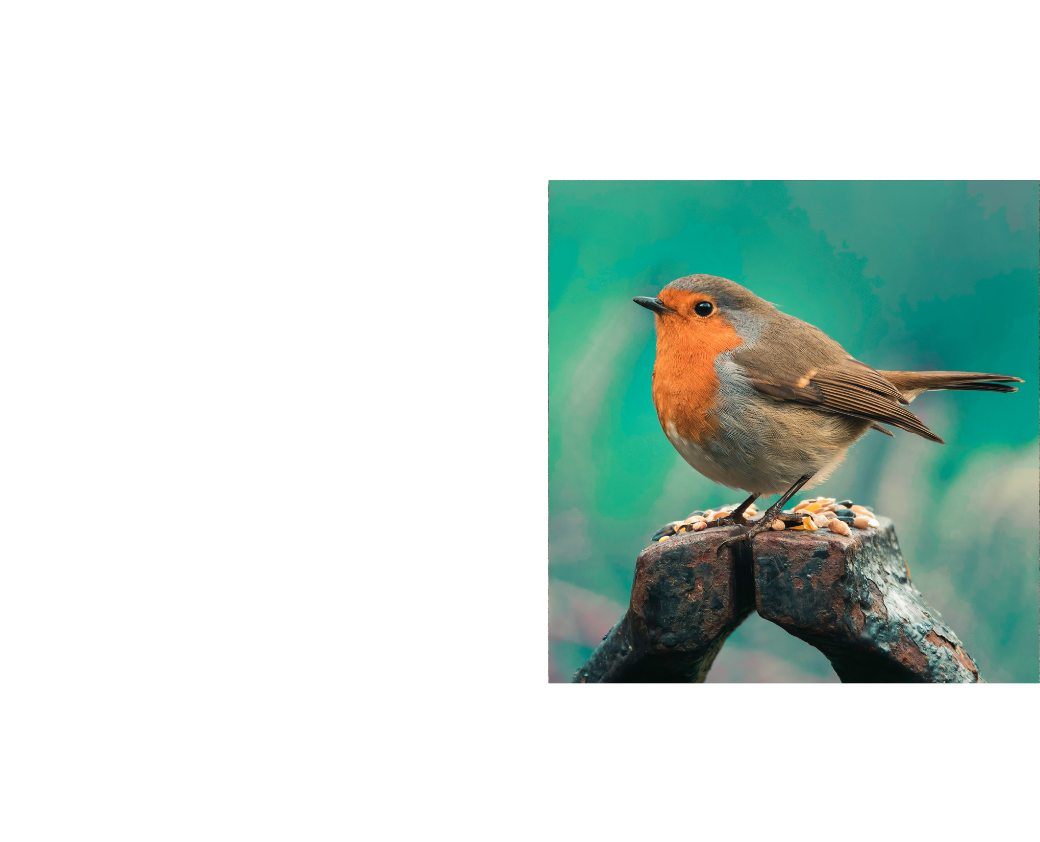
Green areas can represent, in a large University such as Pisa, a very important ecological resource, capable of contributing, on the one hand, to improving the welfare of the academic community, making work and study more pleasant and comfortable, and, on the other hand, to mitigating the environmental impact of the University’s buildings and activities, thanks to the innumerable ecosystem services connected to vegetation. Trees and green areas, moreover, can represent biodiversity elements in urban areas, providing food and sheltering/nesting sites for spontaneous life forms.
Every action for sustainability undertaken by the University of Pisa aligns with one or more goals of the United Nations’ 2030 Agenda for Sustainable Development. The following objectives are involved in this action:
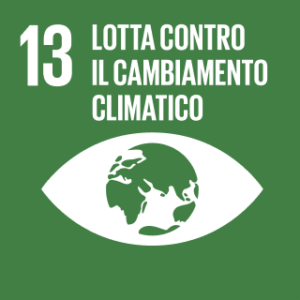
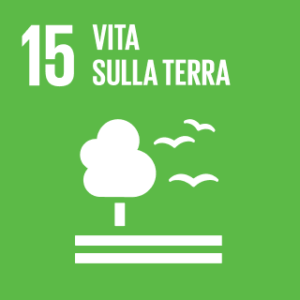

The University of Pisa’s Commission for Sustainable Development (CoSA) coordinates the sustainability initiatives, and this action is monitored by the following members:
